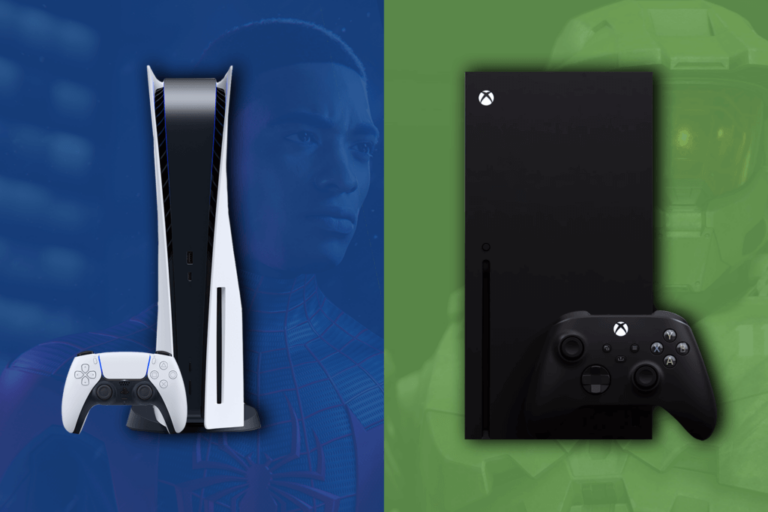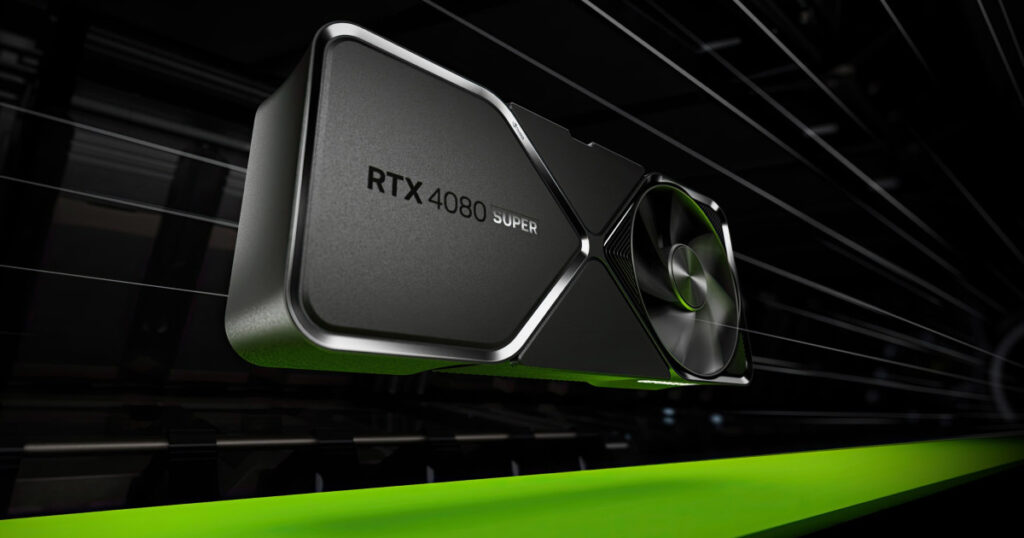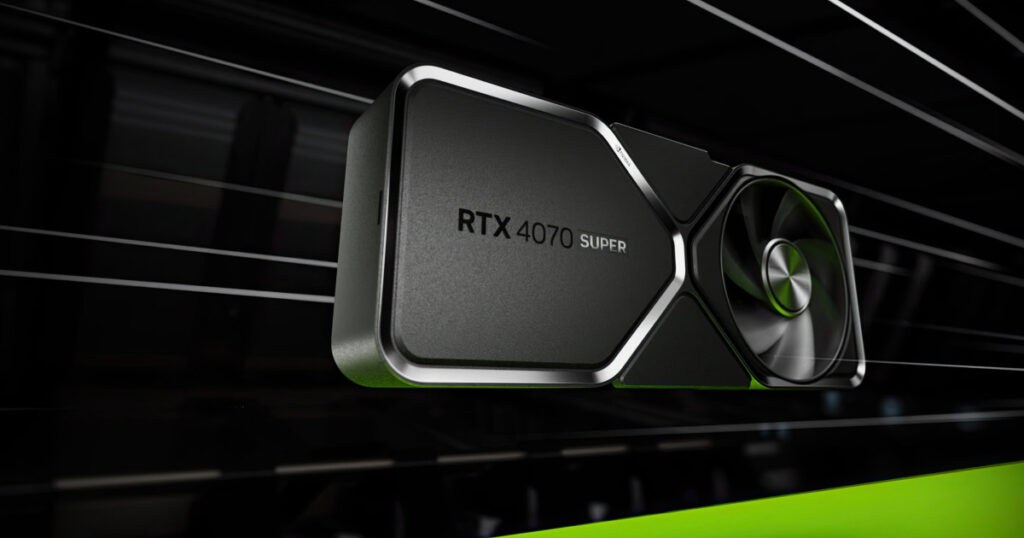PlayStation 5 vs PlayStation 5 Digital Edition and Xbox Series X vs Xbox Series S. Weighing up the pros and cons of saving money to go digital versus spending more to keep a disc drive for physical media.
Digital dilemma: Should I buy the PlayStation 5 Digital Edition and Xbox Series S?

Our verdict
With a bit of storage juggling and the prospect of on-demand installations for the parts of the games you want to play, there are definitely bucks to be saved by opting for the cheaper PlayStation 5 Digital Edition over the flagship PlayStation 5. Our recommendation runs the other way for next-gen Microsoft consoles, though: the Xbox Series X is absolutely the better bet over the Xbox Series S.
The next-gen console Cold War just went hot. Both Microsoft and Sony have now announced the pricing for their next-gen consoles, which has more expensive options for versions that come with disc drives, and cheaper digital-only (read: disc-less) alternatives.
But whether you spend more or less on next-gen is only part of the discussion. There’s a case to be made for going all out on the expensive models of the next-gen consoles, but things are more complicated when it comes to the digital editions, especially if you plan on buying a next-gen Xbox.
Let’s take a closer look at the essential info first before answering the question.
PlayStation 5 vs PlayStation 5 Digital Edition
This comparison between Sony next-gen consoles is a lot more straightforward than Microsoft’s offering. Everything inside the consoles, the launch dates, and their hardware capabilities are identical, including the 825GB storage drive, with the only difference being the PS5 Digital Edition doesn’t have a disc drive whereas the pricier PS5 does. Outside of the disc drive, the other main difference is the price.
While the PlayStation 5 costs $749.95RRP, the PlayStation 5 Digital Edition is priced at $599.95. Ditching a disc drive means you have the potential to save $150 for a disc drive-less PS5 that’s just as powerful as its disc-compatible sibling.
Xbox Series X vs Xbox Series S
The Microsoft next-gen comparison is a bit more complicated. Almost everything is different between the Xbox Series X and Xbox Series S, including a lack of disc drive in the Series X, but they’re both capable of playing next-gen Xbox games. You can check out a full specs comparison on our Xbox Series X hub page here.
It’ll cost you $499RRP for the Xbox Series S and $749RRP for the Xbox Series X, which means there’s an even bigger cost difference between the digital edition and flagship next-gen Xbox consoles ($250).
Ultimately, the Xbox Series S has a slower CPU, less powerful GPU, less RAM, a lower max resolution, and a smaller hard drive. This latter point is particularly relevant because having no disc drive on the Xbox Series S means every bit of downloadable entertainment has to be stored on the 512GB hard drive: games, patches, movies, TV series, and apps.
4K UHD discs vs 4K UHD streaming
Pop on your favourite movie on a 4K Netflix stream and it looks great on a 4K TV. Get that same movie on a 4K UHD disc to play it through the same 4K TV and it looks even better. What gives? It all comes down to bit rate. Netflix recommends a download speed of 25Mbs to comfortably stream 4K content without any quality dips. Realistically, 4K content on Netflix streams at around 16Mbps.
But a 4K UHD disc can have a bit rate of up to 108Mbps, which is close to seven times the Netflix 4K stream. Those extra megabits per second allow for noticeable quality improvements, which means that until streaming providers like Netflix start offering higher bit-rate content, and internet speeds comfortably reach a point where they have faster download speeds, physical media will always look better than digital in side-by-side comparisons.
Disc drive vs digital edition consoles
Just because you have a disc drive, doesn’t mean you’re saving on storage space. If the next-gen consoles follow in the tradition of the current-gen consoles, expect to have to fully install disc-based games on the flagship next-gen consoles. This is a safe expectation, too, given the overall improvements provided by cutting-edge hard drives versus the more traditional hard drives found in current-gen consoles (more on this below).
The main benefit of a next-gen console with a disc drive is versatility. They’ll let you use discs from games that support backwards compatibility to play your old library of games, plus you can watch 4K UHD discs, Blu-rays, and DVDs via console media players.
The main benefit of a digital-edition next-gen console is twofold: saving on the initial cost and saving on space. Both the PlayStation 5 Digital Edition and Xbox Series S are cheaper and more compact than their flagship counterparts (more so the Xbox Series S).
Digital vs physical games
Digital pricing hasn’t yet been set for next-gen games but, as far as physical prices are concerned, expect to pay more for certain next-gen titles compared to current and older generations. According to Stevivor, Spider-Man: Miles Morales Ultimate Edition, Destruction AllStars, and Demon’s Souls will have RRPs of $124.95.
For comparison, at the time of writing, The Last of Us Part II costs $99.95 for a physical copy from EB Games and the same amount from the Australian PlayStation Store. Analyst Daniel Ahmad says that Sony, in particular, earns around 50 per cent more for purchases of digital versions of third-party games and roughly 30 per cent more for first-party titles.
If Sony and Microsoft are in a position to charge lower RRPs for digital versions of games, it will improve the attractiveness of their respective digital next-gen consoles. With physical and digital games charged identically, though, the main thing being saved for opting for a disc over digital is installation time, bandwidth (less data to download), and you’ll still need somewhere to store the case.
The storage-capacity conundrum
As you can imagine, a digital edition next-gen console will be ultimately limited by its storage capacity. The PlayStation 5 and PlayStation 5 Digital Edition consoles both have 825GB internal storage, while the Xbox Series X has a 1TB internal drive and the Xbox Series S has a 512GB internal drive.
The PlayStation 5, PlayStation 5 Digital Edition, Xbox Series X, and Xbox Series S can all benefit from impromptu storage upgrades via compatible USB 3.1 hard drives, but these will only be useful for playing backwards-compatible titles and not next-gen games.
This is because next-gen games are reliant on the respective speedier custom internal drives, which have faster performance than USB 3.1 hard drives. This extra speed means games load incredibly fast and are playable in truly next-gen ways (more on this below).
Next-gen storage upgrades
There are other storage-expansion options for both next-gen consoles. Microsoft is using a proprietary solution – a Seagate-forged 1TB NVMe drive (the same as what’s inside the Xbox Series S and Series X) – to let users increase storage capacity. While this will allow a straightforward pathway to next-gen gaming, it’s coming at a cost. The price for the 1TB Seagate Xbox Storage Expansion Card was recently listed on JB Hi-Fi as $359. This pricing is in line with leaked pricing for the same device in the US, but it undermines the overall value of the Xbox Series S.
Let’s break this down. An Xbox Series S retails for $499, while the Series X costs $749. That $499 for the Series S gets you a 512GB internal hard drive, which isn’t a whole lot of compatible storage for next-gen games. To boost that next-gen storage to 1.5TB, it’ll cost an extra $359, bringing the total purchasing cost for more storage to $858. Meanwhile, the $749 Series X boasts a more generous 1TB drive, plus it comes with a disc drive and true next-gen hardware.
Sony hasn’t announced any proprietary upgrades for storing next-gen games on its PlayStation 5 consoles, but it does have a spare NVMe slot that owners can use to expand internal storage. The main catch is that not every M.2 SSD is expected to be compatible with this PS5 slot and, at least according to renowned tech specialists Digital Foundry, it’ll be worth waiting for Sony to officially sanction the best PCI-express 4.0 M.2 drives that are compatible with the PlayStation 5 in a way that lets them take advantage of its next-gen performance.
Why can’t USB hard drives expand storage like they can in the PS4 and XBO?
It all comes down to IO throughput. This is a fancy tech term for measuring input and output speeds, where higher numbers are better. To put that into context, the PlayStation 4’s hard drive has IO throughput of up to 100MB/s, whereas the PlayStation 5 has IO throughput of 5.5GB/s for raw files and up to 9GB/s for compressed files.
For comparison, the Xbox One has a similar hard drive to the PlayStation 4, but the Xbox Series X has IO throughput of 2.4GB/s for raw files and 4.8GB/s for compressed files.
The PS4’s IO throughput is 55 times faster than the PS4’s, which not only means games can load a lot faster, it also means that developers can enhance gameplay features such as maximum movement speed, actual blink-and-you’ll-miss-it fast travel times, and the size of sprawling open worlds. This is why speed matters as much as capacity when it comes to next-gen storage.
On-demand game installation
Both console manufacturers have eluded to a next-gen reality that will let gamers choose which parts of a game they want to install in an effort to win back storage space on internal console hard drives. This is particularly important given the ever-increasing size of AAA games. Red Dead Redemption 2, for instance, weighs in at more than 100GB for Xbox One and just under 100GB for PlayStation 4.
Assumedly to cut off this hurdle at the pass, Microsoft and Sony have mentioned on-demand installation for content that’s relevant to gamers. Halo: The Master Chief Collection on Xbox One, for instance, lets you pick whether you want to download all Halo games in the collection, or just their campaigns or multiplayer modes.
In an interview with Wired, the PlayStation 5’s system architect Mark Cerny had this to say on the matter: “Rather than treating games like a big block of data, we’re allowing finer-grained access to the data.”
Meanwhile, Xbox Series X (and, assumedly, Xbox Series S) will benefit from Intelligent Delivery: a developer-driven tool that means games can be broken up into chunks so players can choose what’s downloaded to their next-gen Xbox drives.
Should I buy a PlayStation 5 or PlayStation 5 Digital Edition?
Given the only difference is a disc drive, you should absolutely save money by opting for the PlayStation 5 Digital Edition. The main disclaimer to this is if you’re a movie lover with an expansive library of physical media and reliant on the PlayStation 5 for playback, it’s worth forking out for the flagship PlayStation 5. Otherwise, save the $150 and go digital.
Should I buy an Xbox Series X or Xbox Series S?
The Xbox Series S is intended as an entry-level taste of next-gen power, which means its hardware is measurably less capable than the more powerful Xbox Series X. Couple this with the lack of a disc drive, half the storage capacity, as well as expensive next-gen storage expansion, and you really should look to an Xbox Series X instead of an Xbox Series S.
Related Articles



